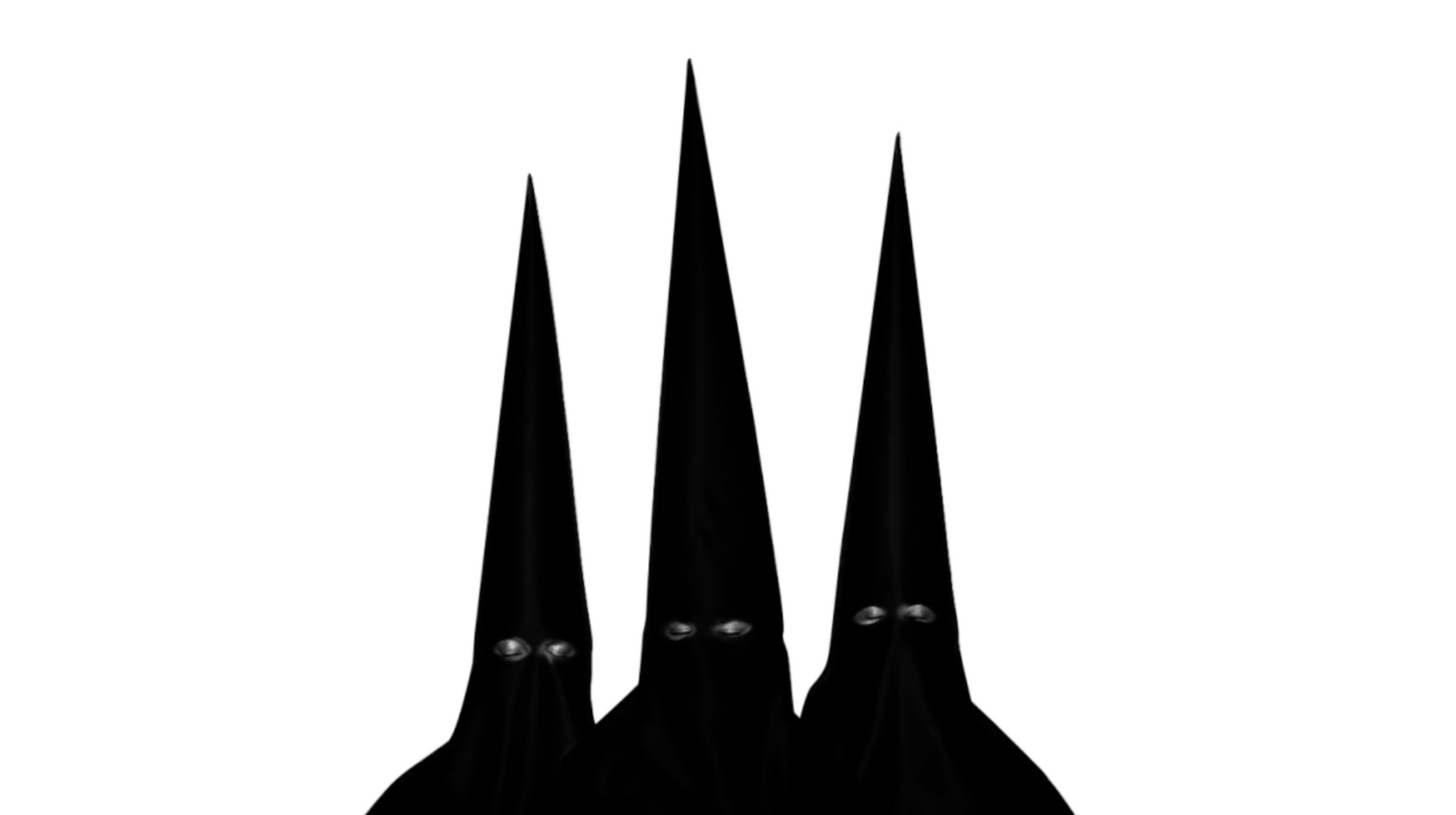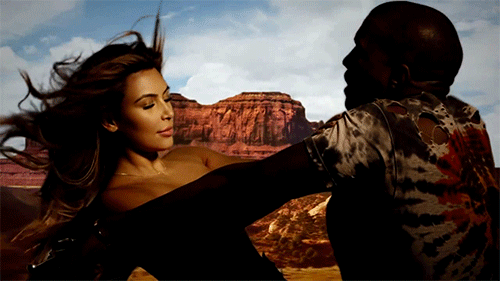Ye went straight back to work following the release of his fifth studio album, My Beautiful Dark Twisted Fantasy in 2010 – the collaboration album Watch The Throne with Jay-Z released a year later. World renowned producer No I.D revealed that he had been working on Ye’s upcoming sixth studio album during the summer of 2012, stating that it would release after Cruel Summer, a Ye collaboration project with members of the GOOD Music label.

The first recordings for the album took place in January 2013 at Ye’s personal loft at a Parisian hotel, with producers such as No I.D and DJ Khaled in attendance. Ye was mainly influenced by minimalistic design and architecture while Yeezus was in production, with the artist visiting a furniture exhibit at the prestigious Louvre museum numerous times. At this point in time, Ye and his collaborators had to keep compositions for the album simple, as the acoustics of the room could easily be overpowered. With recording sessions often lasting through the night, Ye often provoked complaints from neighbours due to the noise.
The atmoshpere in the studio was known to be “very focused”. Like the recording process for his previous album, Ye brought in multiple close collaborators who would work on the project in near secrecy. Collaborators would be tasked with working on similar songs, focusing on sepearate smaller aspects of the production. Similar to the MBDTF studio sessions, all those in the studio during the production of Yeezus would be made to follow a strict set of rules.

Ye’s goal with Yeezus was to “undermine the commercial” – as such, songs that were considered too similar to past work, or too melodic were cut from the final project. Experimental electronic producer, Arca, who produced four tracks for Yeezus, was asked to send Ye music – she sent the ‘strangest’ music she had made at the time, with Ye appearing to be very excited by it. She also stated that “…if a song called for something aggressive, it was up to three or four people to design what in their head was the best solution for that aggression in that moment.”
The world renowned French electronic duo, Daft Punk, also had a part in the production of the album, producing four songs in total. Thomas Bangalter, one half of the duo, described the recording process of Yeezus as “very raw”, and that Ye was “rapping – kind of screaming primally, actually“.

Ye’s creative process when creating this album has been described as “perfectionist“. Yeezus went through various changes through the recording process, with Ye claiming the album was near completion in March 2013, before stating the album was only 30% complete weeks later. Anthony Kilhoffer, a producer and engineer who had worked closely with Ye over the years, claimed that Yeezus was “the fastest record they had made” – a stark contrast to MBDTF, which saw numerous recording sessions prior to its release.
The promotion for the album kicked off in early May 2013 – Ye took to Twitter, deleting all of his tweets before tweeting out “June Eighteen”, which led fans to believe that this would be the release date of his next album.

Ye continued to promote the album later on in the month – on May 17th 2013, the track “New Slaves” was premiered through video projections on 66 assorted buildings across the world. The industrial hip hop track discusses racism, slavery, segragation and sterotypes that African-Americans experience in the USA. The track received glowing reviews from music critics for both the overarching message, and the performances of both Ye and the featured artist on the track, Frank Ocean.

A day later, Ye appeared on the well-known American sketch show “Saturday Night Live” to perform “New Slaves” along with another track destined for the album, “Black Skinhead”. Both performances received critical acclaim, with many highlighting the aggression in his voice and his new, much more industrial sound. Following the live performances, Ye officially revealed the name and cover art for the project.
The cover art for Yeezus – or lack thereof – was a huge talking point prior to the release of the album. The cover is depicted as a clear jewel case with no artwork of any kind, with the only splash of color coming from a red sticker on the right hand side of the case.

Designed with help from the late, great fashion designer Virgil Abloh among various other fashion designers, the cover has been described as an “open casket” as it signified the death of the CD as a physical format in the face of music streaming services exploding in popularity at the time.

Ye continued to make alterations to the album, despite the release date now being less than a month away. He enlisted the help of Rick Rubin, alongside a long list of close collaborators in a bid to finish the record on time. At the time, Rubin did not believe they would meet their deadline – as such, the team worked long hours with no days off. Around this time, Ye also took this time to discuss the minimal promotion of the album. Speaking at the Governers Ball music festival, Ye stated: “…with this album, we ain’t drop no single to radio. We ain’t got no NBA campaign, nothing like that. Shit, we ain’t even got no cover. We just made some real music”.
Ye also played the rough cut of the album to Rubin at this time, which had a length of over three hours. Ye tasked Rubin with taking the album at its current state, and bringing it in a much more “stripped back, minimal direction”. An example of this is the unreleased track “Bound”, which started its life as a “more middle of the road R&B song done in an adult contemporary style” in the words of Rubin. Ye decided to change the musical sample used in the hook to a minimalistic, one-note bassline – and the track evolved into what we now know as “Bound 2”.
Ye also intended for the final tracklist for Yeezus to be 16 tracks long, before Rubin suggested cutting down to 10 tracks and saving the rest for a potential future album. Ye spoke on Rubin’s work on the album a few months after the release, stating that he was “...not a producer, but a reducer“.
Working until the last minute is something that happens often when it comes to Ye’s projects, and Yeezus was no exception. With only two days left until the album was set to be delivered to the record label, Ye wrote and sang the lyrics to two tracks, while recording the vocals to another three tracks. As a testament to how quick the production of Yeezus was and how hard people were working in the studio, this task only took Ye two hours to complete.
All the hardwork of those in the studio paid off – Yeezus released on time, on June 18th 2013. Like Ye had stated earlier in the run up to the release of the project, Yeezus did not release alongside a single to radio.
Critical reception was immediately positive, with many publications highlighting the production as a stand out. Gone was the maximalist soundscape that featured prominently throughout Ye’s last feature album – in its place were harsh synths, distorted drums, obscure sampling and an overall minimalistic production style. The project barely featured any of Ye’s typical production hallmarks in the form of older soul samples being chopped. Greg Kot, music journalist for the Chicago Tribune, stated that Ye “…combined the worlds of 80’s Chicago acid-house, mid-2010’s Chicago drill and 90’s industrial music“. Yeezus ended up being the most acclaimed album to release in 2013, with the project appearing on 61 year-end album ranking lists and coming first in 18 of them.
While critics heavily enjoyed the album, public reaction was much more mixed at the time. While many fans appreciated the new musical direction that Ye had taken with the album, many also believed that the aggressive sound and lack of promotion would hurt the album in the long run. Despite this, Yeezus became Ye’s sixth consecutive #1 album on the Billboard 200, selling 327,000 copies during its first week on sale. Over time, attitudes surrounding Yeezus have changed in the fanbase, and the album is now widely considered to be one of Ye’s best.
The rollout for the album continued even after launching. The second track from the project, “Black Skinhead”, was released as a single a day after the release of Yeezus, despite Ye’s wishes to drop the album with no singles whatsoever. An interactive video to support the track released in July 2013 via Ye’s website.

Through the website, fans could manipulate the video to one-sixteenth of its original speed as well as share screenshots of the video through social media. The video, which was directed by Nick Knight, had been worked for over five months, and features computer generated imagery of Ye and figures wearing black conical hoods reminiscent of the hoods worn by the Ku Klux Klan. The video was released through Ye’s YouTube channel shortly after its premier through his website under the name “BLKKK SKKKN HEAD”, minus the interactive elements.
“Bound 2” released as the second single from Yeezus, coming in August 2013. The track is notable for being a brief respite from the sheer aggression that appears throughout the rest of the project, with Ye bringing back one of his most well-known production hallmarks – chopped soul sampling. A video released for the track in November 2013 – again directed by Nick Knight, the video features Ye’s then-fiancée, Kim Kardashian, riding topless on a motorcycle with Ye.

While the track itself received universal acclaim, public response to the video was mixed with some seeing it as self-indulgent and confusing. Ye explained the concept of the video in an interview with The Breakfast Club, stating that he “…wanted to take white trash T-shirts and turn it into a video. I wanted it to look as phony as possible, I wanted the clouds to go one direction, the mountains to go one direction, the horses to go over there, cause I want to show you that this is The Hunger Games. I want to show you that this is the type of imagery that’s been presented to all of us. And the only difference is a black dude in the middle of it.“
Ye embarked on The Yeezus Tour in October 2013 in support of the album. The tour featured artists such as Pusha T, Kendrick Lamar and Travis Scott as opening acts, and had legs that took place in both North America and Australia. Inspired by ‘the end of the world’ when coming up with The Yeezus Tour, the shows included fire, explosions, mountains, hooded figures and depictions of Jesus.

The scenography of the tour was created by Ye, Vanessa Beecroft, Es Devlin and John McGuire. Ye also worked alongside Maison Margiela to create outfits and fashion pieces for the tour – throughout all of the shows, Ye could be seen wearing full facemasks made by the fashion house. In all, The Yeezus Tour received rave reviews from critics based on the sheer ambition of the tour, as well as the overall quality of the production.
Yeezus was also notable for being one of the most influential projects under Ye’s belt, bringing in an aggressive, “in-your-face” sound to the hip-hop landscape. Where Ye’s fourth album, 808s & Heartbreak is known for bringing a more minimalist, downtempo sound to R&B and hip-hop, Yeezus inspired a wave of explosive, highly experimental music that encouraged artists to take more risks and step out of their comfort zone.
Even today, nine years after its release, can its influence still be felt – with various artists in the game pushing the boundaries by rapping in aggressive cadence over piercing synths and distorted 808s.
You can listen to Yeezus on Apple Music and Spotify below.
